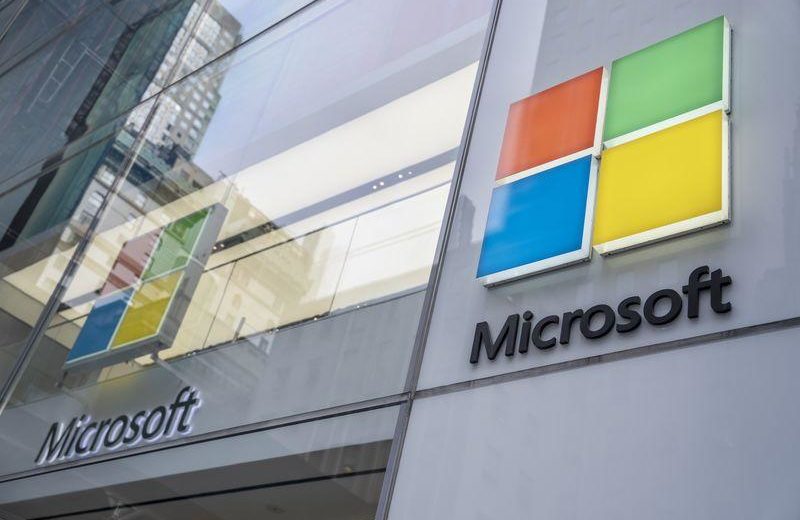The video interactions were already a big part of internet communications before the Covid-19 pandemic. However, during the pandemic, they became essential. People used them for conferences, working-meetings, and lessons, or simply for talking with friends when they stayed home due to lockdowns.
Now, at last, the pandemic seems to ease. But after last months, will video become the preferred means of communication over face-to-face customer interactions?
When lockdowns struck, a large percentage of the world population were instructed to work from home. Many still continue to utilize remote working for the foreseeable future. As a result, video applications, such as Zoom and Microsoft Teams, have grown in popularity exponentially. Zoom’s daily users surpassed 200 million in March from a previous maximum total of 10 million.
Virtual meetings have become a part of our daily lives. People prefer to be seen as well as be heard on calls to family, friends, and colleagues. This rising trend is also quickly extending to the way businesses interact with their customers.
Some companies are already trying to give a new dimension to customer experience. It becomes easier to imagine how a number of scenarios could be transformed by using video in the near future.
For example, a face-to-face chat with the solicitor handling a customer’s finances could be replaced by a video call. Solicitor and customer wouldn’t need to stop working and sit down in a meeting room, and it would also tick safety and health boxes. The same applies to almost every consultant-business relationship, among them accountants, recruitment consultants, and so on.
How does this work in reality?

Chesterfield Royal Hospital NHS Foundation Trust is already offering video consultations with “Attend Anywhere” to its clients. Patients can have their appointments without actually visiting the hospital. They can see clinicians virtually via a live online video link.
Furthermore, video calls offer greater communication and understanding than a phone call, but it’s taking less time than a physical meeting. This new patient hub not only reduce postal costs by 50 percent, but it is also a positive step towards improving patient access. Such processes can have a huge impact on the patient experience, and they can free hospital workers to focus on higher-value tasks.
Besides, video can deliver other values. For example, if fault diagnosis could be implemented on every electrical appliance in your home, you can more easily find the right person to fix the problem.
Contact centers may be able to help customers resolve issues themselves in some cases, thus saving costly engineer time. Incorporating this channel can be useful in delivering great customer experience while offering significant time and cost savings to a business.
We’re close to completely virtual customer experiences. The transition to video-as-standard is already beginning, as face-to-face physical meetings continue to be replaced by Teams or Zoom calls. It seems, even if the world returns to “normal,” video will be a crucial tool for businesses in a digital-first era.
However, it’s essential to make sure that your personal data is protected and secure. You can use low-code technology to enhance security within applications. It ensures that meetings are securely managed within the existing app interface once a user has logged on.
















